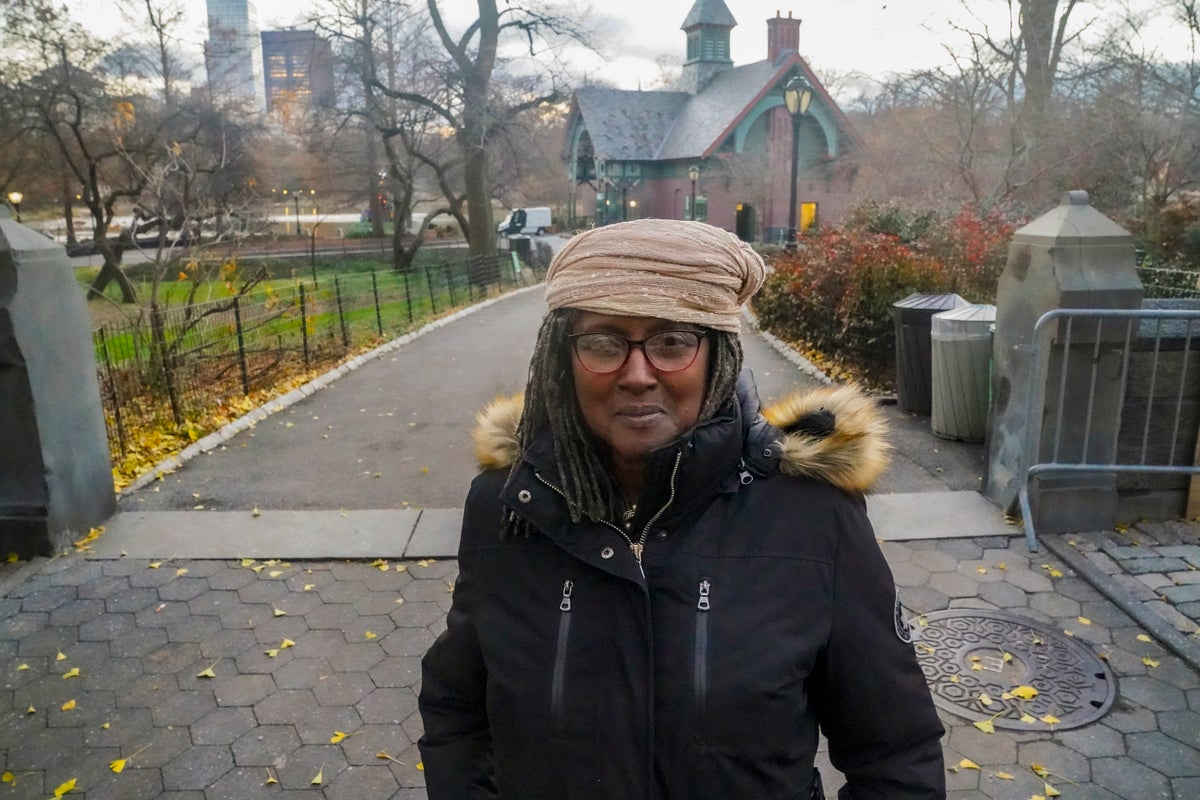
New York City is naming a gate in Central Park in honor of the five men who, as teenagers, were wrongfully convicted of the 1989 rape of a jogger and spent years in prison before being exonerated. The city’s Public Design Commission unanimously approved the project on Monday.
“Gate of the Exonerated” will be inscribed in sandstone at the northern end of the park following a three-year effort that grew out of discussions within the community, John Reddick of the Central Park Conservancy told the board.
Sharonne Salaam, whose then 15-year-old son Yusef Salaam was among the five Black and Latino men convicted, said the inscription along a perimeter wall will remind people of the challenges all wrongfully convicted people face in starting over after their release.
“This gate of the exonerated will be ... the first of its kind within the United States and possibly in the world that speaks to the idea of exoneration of people,” she testified during the City Hall hearing.
“When you look at that concept, you say to yourself, well, how do we heal this?" she said. "Because somewhere we are going wrong and we’ve got to sit down and fix it somehow.”
The so-called Central Park Five — Raymond Santana and Kevin Richardson, both 14 at the time, 15-year-old Antron McCray, 16-year-old Korey Wise and Salaam — served six to 13 years in prison before their convictions were thrown out in 2002. Evidence linked Matias Reyes, a murderer and serial rapist, to the vicious attack that left its 28-year-old victim, who is white, with permanent damage and no memory of the assault.
Mayor Eric Adams called the project's approval Monday “a moment of truth and reconciliation for New York City” and thanked Harlem community leaders for their advocacy.
“The Gate of the Exonerated symbolizes the resiliency of the Exonerated Five and all those who have been wrongfully convicted and serves as a lasting reminder of the grave miscarriage of justice that took place more than three decades ago,” he said in a statement.
Other entrances to the park have been labeled to reflect groups of people who live and work in the city, with names like Artisans' Gate, Scholars' Gate and Strangers' Gate.







